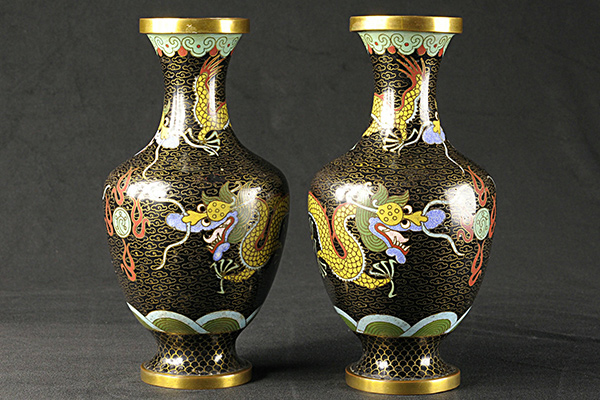Traditional handicraft on display at Peking University

 0 Comment(s)
0 Comment(s) Print
Print E-mail CNTV, October 29, 2015
E-mail CNTV, October 29, 2015
A new exhibition has opened at the Centenary Hall of Peking University, showcasing cloisonné items from different periods of history.
 |
|
Traditional handicraft on display at Peking University |
It's a combination of sculpture, painting, copper smithing, and porcelain making. The art of cloisonné reached its peak in China during Emperor Jingtai's reign in the 15th-Century.
As most of the products made then were blue, they became known as "Jingtai Lan" - or "Jingtai Blue". It's a motif that caught on and is even used for interior decoration in Beijing Subway stations.
Scholars were also on site to offer a professional perspective.
"First, people have to learn to appreciate the beauty of it. Only in this way can we truly stimulate their curiosity, then encourage them to participate," said Xia Gengqi, researcher, Palace Museum.
"Jingtai Lan" is considered one of the Eight Legacy Handicrafts of Beijing, along with jade and ivory sculpture, carpet-making, embroidery, gold inlay, lacquerware, and lacquer carving.
It was listed as a National Intangible Cultural Heritage in 2006, and has become the leading artform of the traditional handicraft revival of the past decade. These techniques are now being taught in selected colleges around Beijing.






Go to Forum >>0 Comment(s)